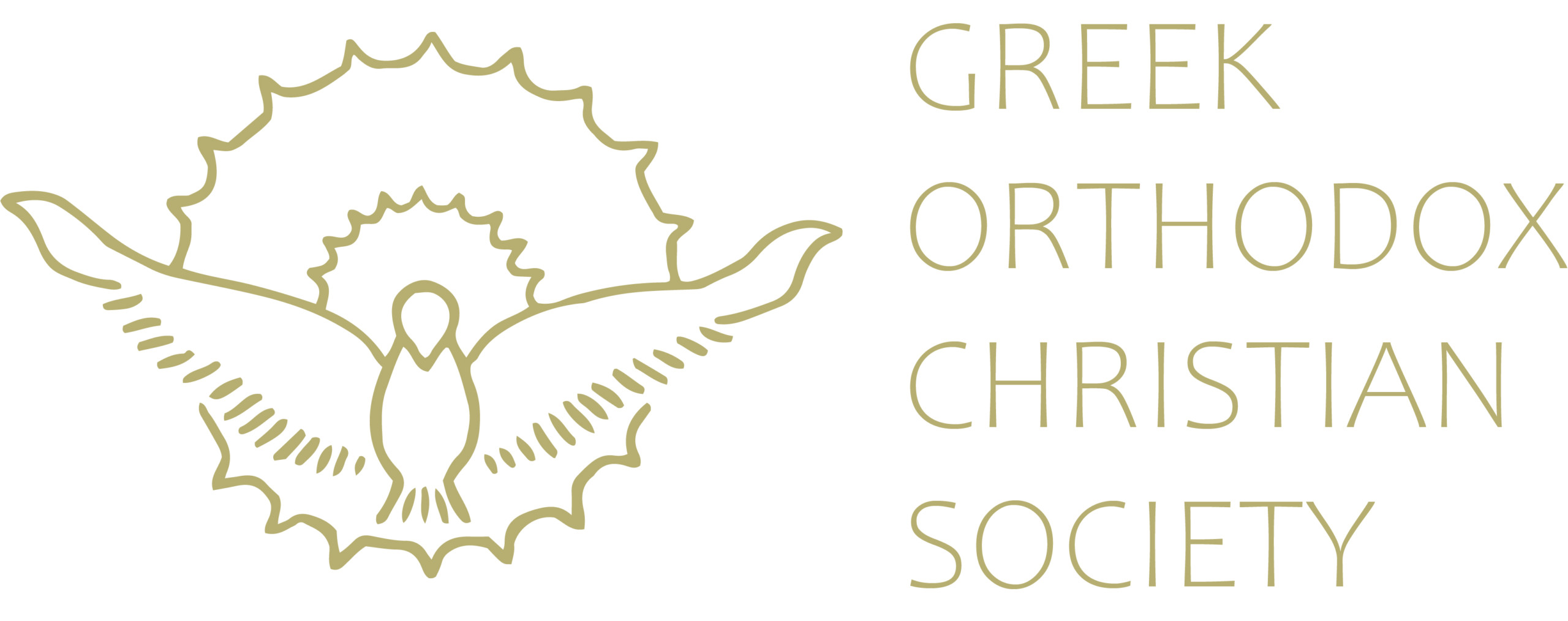What do we learn from the Transfiguration?
![]()
The story of the Transfiguration of our Lord and Saviour Jesus Christ is amazing! Jesus takes three of His disciples to Mount Tabor and there, in front of them, and surrounded by Moses and Elias, He transfigures and shows them His divine nature. You can read the story in the New Testament in Matthew 17:1, Mark 9:2 and Luke 9:28.
Some of the important lessons from this revelation by Jesus are as follows:
The Authority of Jesus Christ
Our Lord Jesus Christ transfigures in the presence of Moses and Elias.Moses is the liberator of the Jews. He brought the law to the people. Elias is one of the most powerful and dramatic prophets of the Old Testament – demonstrating God’s power and authority time and again. Even at the end of his life, Elias does not die. Rather, he is taken up.
Apostle Peter is completely awestruck when witnessing the Transfiguration. He suggests building three tabernacles, but the voice of the Father from Heaven elevates Jesus above Moses and Elijah. There is room for only one tabernacle. In 2 Peter 1:16-17, Peter recalls this event and reaffirms the authority placed upon Jesus Christ in this event: “we … were eyewitnesses of His majesty. For He received from God the Father honour and glory when such a voice came to him from the Excellent Glory: ‘This is My beloved Son, in whom I am well pleased’.”
Glory
Jesus is transfigured on the mountain. His divine glory becomes visible to those with Him. This visually reinforces Christ’s role as God among us, and God’s glory is revealed in our Lord Jesus. Jesus says to his disciples “If you had known Me, you would have known My Father also; and from now on you know Him and have seen Him.” Learning more about Jesus is learning more about God. In 2 Corinthians 4:6, St Paul writes that Jesus is the light of God’s glory: “For it is the God who commanded light to shine out of darkness, who has shone in our hearts to give the light of the knowledge of the glory of God in the face of Jesus Christ.”
Our Own Transformation
The Apostle Peter (2 Peter 1:2-4) invites us to become partakers of God’s divine nature. As we learn more about Christ, we should become more like Him. St Paul (Ephesians 2:19-22) describes Christians as growing into a temple of God – a place where God lives. To what extent do we allow God to live in us? In Galatians 2:20, St Paul describes himself as completely taken over by Christ. His life, his words, his thoughts and all his energy are taken up with the will of Christ.
Finally, St Paul (2 Corinthians 3:7) contrasts the glory and brilliance of the new covenant as overwhelming that of the old. This culminates with us looking to God and the unfading reflection of His glory we should have within us – unhidden from those around us.
This is exactly what the Saints of our Church have done throughout the ages. They have been normal people who voluntarily transfigured themselves into living vessels for the glory of God to shine forth, through them, into the world. Their bright halos in their icons represent this light of God.
Do you accept the authority of Jesus Christ as God? Do you honour His glory? Do you allow Him to shine His light, through you into the world?
† Fr N. S.
Source: Lychnos August-September 2021
